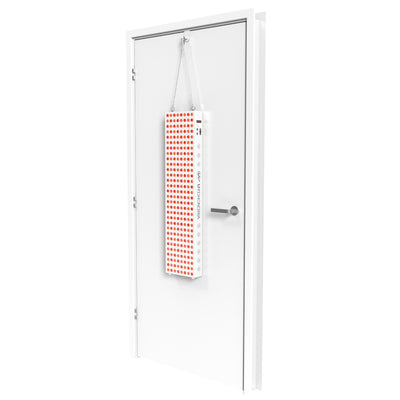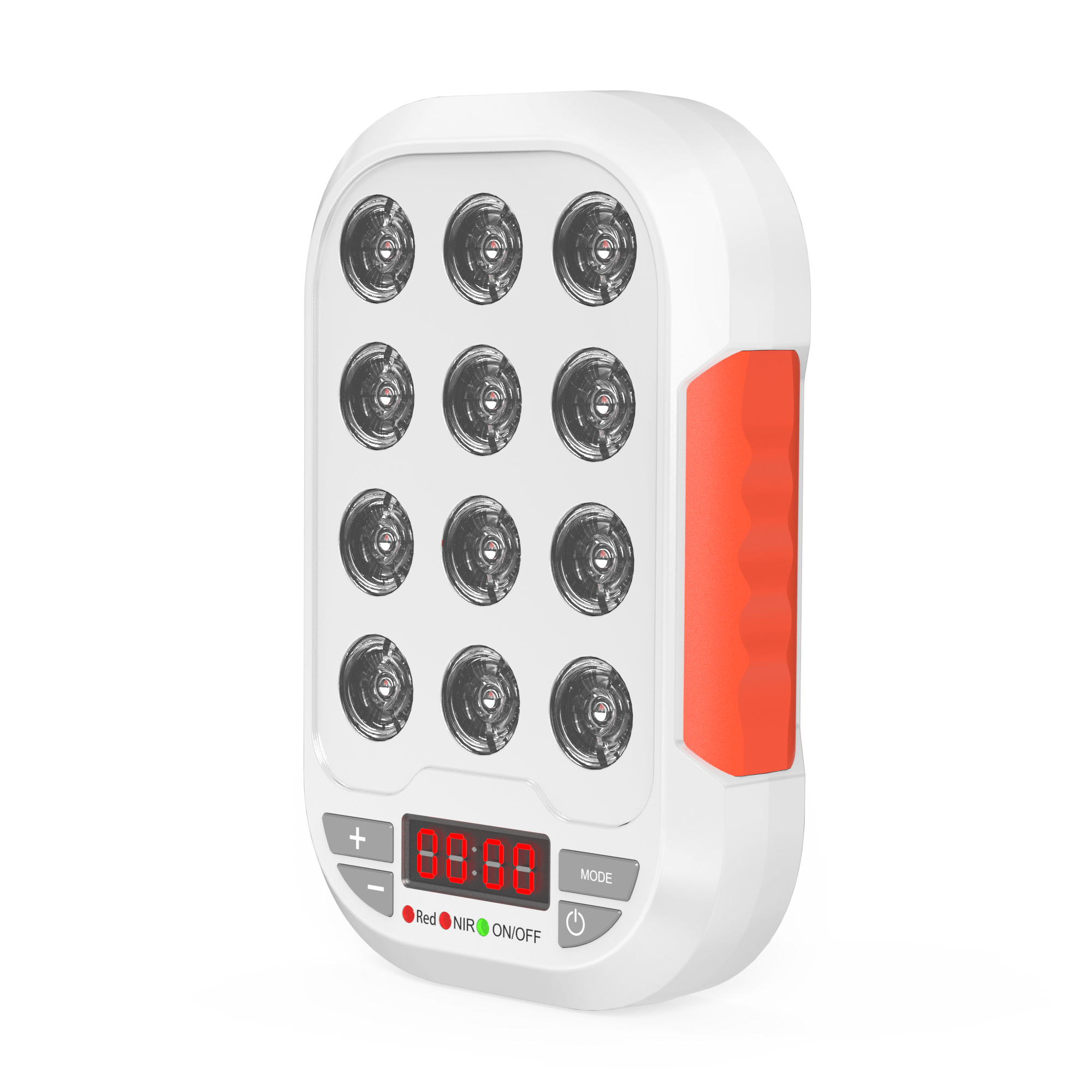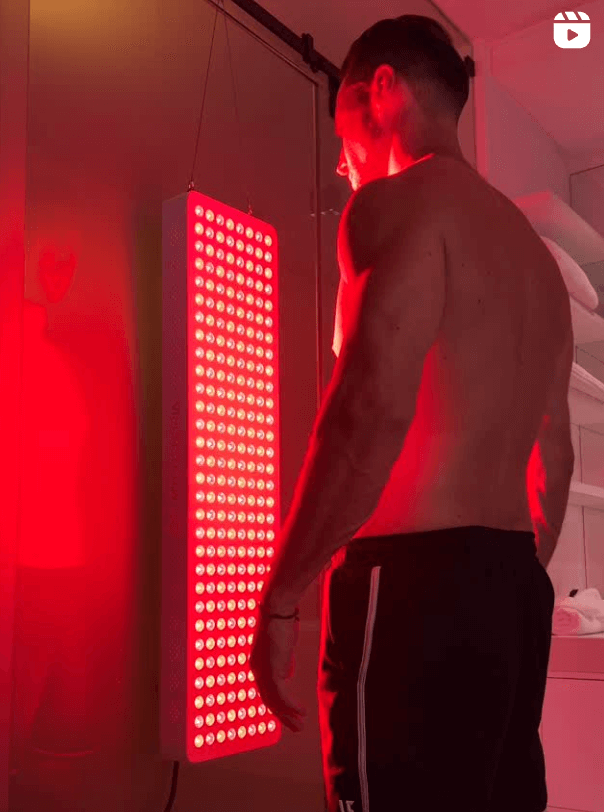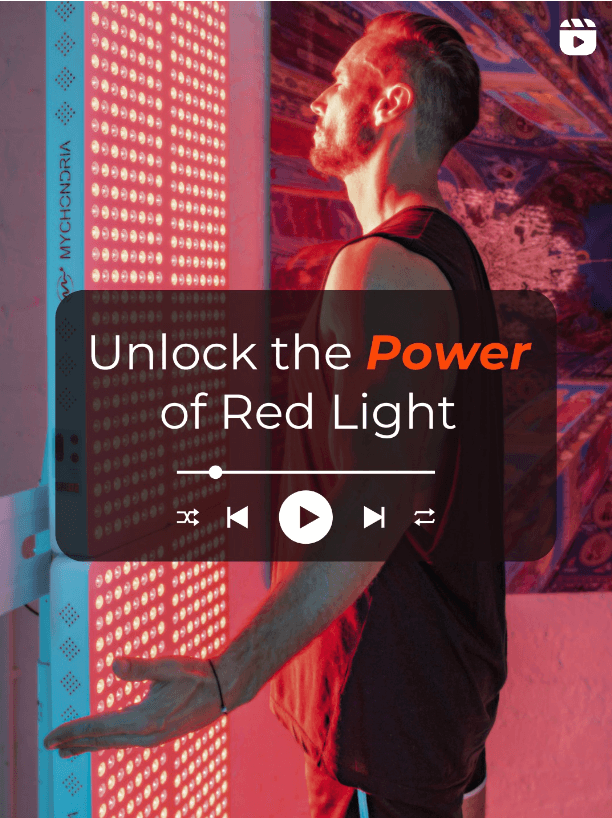It’s very common to hear about the dangers of blue light, but most information you’ll find out there doesn’t differentiate between blue light from different sources.
In this blog post we're going to discuss the difference between blue light from an artificial source vs. from sunlight.
We’ll start with a basic introduction of what blue light is, followed by the two majors differences between blue light from each source - that being timing and concentration.
What Is Blue Light?
To start, blue light falls within the visible spectrum of light, shifted towards the shorter wavelengths of light in this range.

Having a shorter wavelength of light, it means blue light is more high energy, and can be toxic to our cells in the wrong conditions (discussed later).
Blue Light's Major Role: Setting Our Circadian Rhythm
In Nature, it is uncommon for humans to be exposed to blue light from any sources at night. As such, the human brain has learnt to detect “day vs. night time” using blue light.
When blue light enters our eyes, it must be day time.
When there is no blue light present, it must be night time.
Using this visual cue, your body optimizes its sleep/wake cycle so that you are the most alert during the day, and in a restful state to sleep at night.
The first major issue with blue light from an artificial source comes from the timing.
Blue Light Timing
As it was uncommon to be exposed to blue light at night during our evolution, being exposed to artificial light at night (such as cellphones, laptops, TV.s, and modern lighting), is a recipe for poor sleep.
When artificial blue light enters your eyes in the evening, it tricks your brains into thinking it is still day time.
As a consequence, your body suppresses the levels of your sleep hormone, melatonin, and elevates the levels of your stress hormone, cortisol.
The leaves you feeling strung out before bed, and prevents you from getting into the deeper phases of sleep, which are so important for your performance the next day.

To reduce your blue light exposure at night, it is important that you use glasses with a blue light blocking tint, as well as switch out any standard bulbs for some blue free bulbs.
"Does that mean blue light from an artificial source is good during the day?"
Unfortunately there is more to the picture.
Blue Light Concentration
Natural light from the sun actually has a lot of blue light during the day.
The thing is, whenever we are exposed to blue light from the sun, there is always a strong component of red and near-infrared (NIR) light.

We have spoken about it in a previous post, but red and near-infrared light is extremely good at stimulating repair and regenerative processes within your cells.
As blue light is extremely high energy, it is best that when our cells are exposed to it, they are protected by the regenerative powers of red and near-infrared light at the same time.
Think of it like a two sided scale, where the one side of visible light should be balanced out by the other.

This is where the major issue comes in with artificial light, which has an extremely high concentration of blue light, with little to no red/NIR light.

This is one of the major issues for eye strain and headaches when staring at a digital screen during the day.
It is also a possible cause for an excessive stress response through elevated cortisol levels.
Using blue blockers with tints that reduce blue light (not all of it, otherwise you’d feel sleepy) is a great way to lower these blue spikes and prevent the negative effects of excessive blue light exposure.
Lastly, reducing blue light is not the only way you can even out the range of light you are exposed to.
If you have an infrared bulb, or better yet a red light therapy device, you can also use this during the day to supplement your light environment, adding in the healing wavelengths that are missing from traditional indoor lighting.
For more information on light, circadian rhythms, and health, be sure to check out Mychondria's YouTube Channel.




























